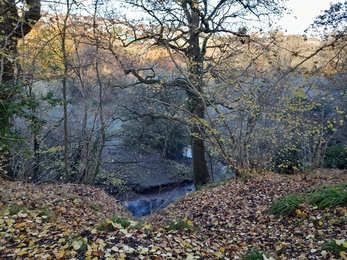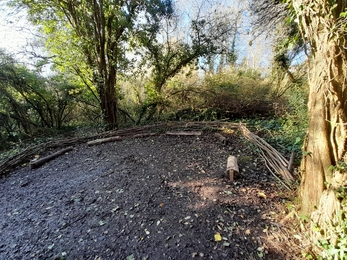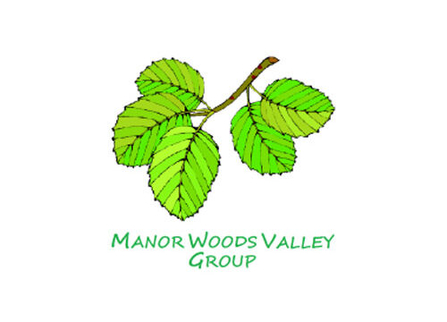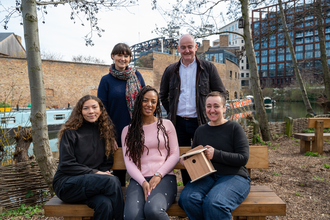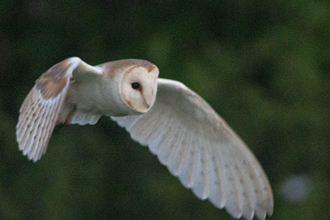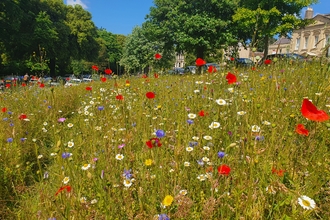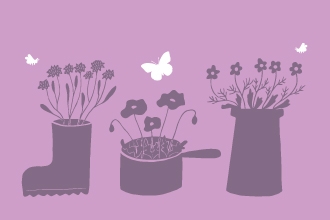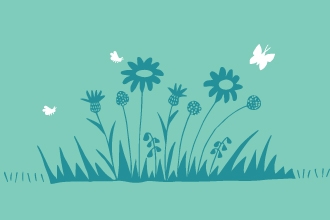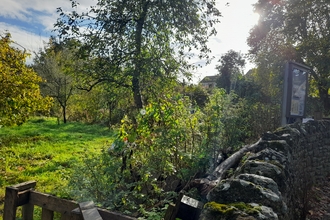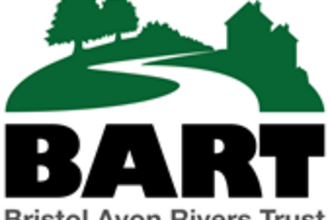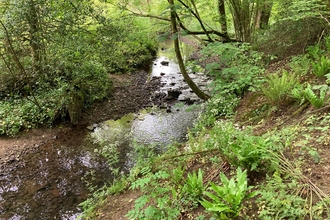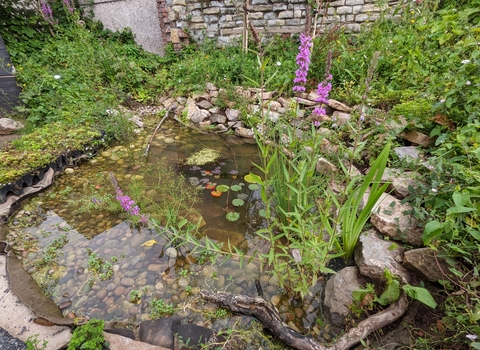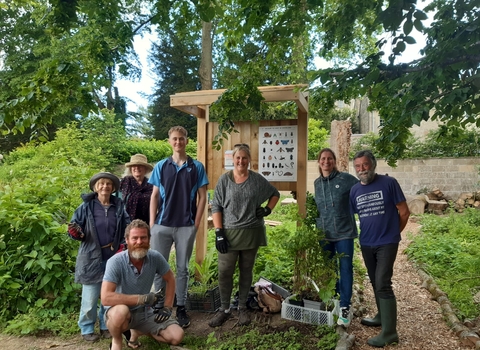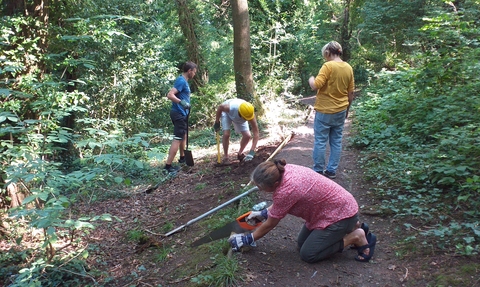
Manor Woods Valley Group
Manor Woods Valley Group
Manor Woods Valley
Manor Woods Valley green space is a local nature reserve in South Bristol, which includes ancient woodland, wildflower meadows, open parkland, the Malago and a community orchard. There are self-guided walks available, community events and many wildlife friendly practices undertaken by the dedicated and knowledgeable local volunteers.
A large variety of events are held to appeal to many different people, including physical conservation work to maintain the site. Specific events to increase local wildlife knowledge, social prescribing in the beautiful surroundings, an annual wassail, apple blossom day and apple harvest day in the orchard, plus other interesting events take place on a regular basis. There are many ways to get involved.
Visit Manor Woods Valley Local Nature Reserve
Learn from Manor Woods Valley Group about:
- The beautiful site and dedicated, organised and knowledgeable volunteers
- Educating visitors
- Guided walks
- Wildflower meadows
- Reptile hybernacula
- Community Orchard
- Anti-social behaviour advice
- Work carried out on the Malago River
Manor Woods Valley is a place where wildlife thrives, where orchids grow, where bees hum, where birds sing and where people enjoy all the benefits of nature.Manor Woods Valley
Manor Woods Valley Group
Encouraging use of the space as a learning and research resource
Peter, who is chair of Manor Woods Valley Group, is an ecologist and shares his knowledge and experience with others. He has helped create numerous research reports and regularly involves local schools, Bristol University, UWE and conservation/nature studies in studying the site. Research reports are available about the fruit trees, soil assessment, butterflies, mammals, glow-worms, reptiles, bats and much more regarding the site. It is very useful and impressive, especially when looking at long term management plans for the local nature reserve and the difference habitat management makes. It goes to show the difference it makes to have an ecologist on site.
The hard work of the Group has been recognised with the award of Royal Horticultural Society, In Your Neighbourhood ‘outstanding’ awards in 2022 and 2023, and winning the Your Park Bristol Nature Lovers Award and being runners-up in the Community Choice category in 2023.
Book a visit from the Team Wilder Community Ecologist for free advice for individuals and community spaces.
Guided walks around the site
Guided walks have been created and are available to the public to make the most out of the space. The group received a grant from TravelWest to create signage and leaflets about the 2.5km exercise trail. A wooded rail has been added to the pathway to increase safety and guide people where to walk or run. Bristol City Council have helped a group of young people to do routine jobs around the site, such as maintaining the walking routes and restoring the paths.
Resources used: A trail was marked around the site from a grant from Travel West for £500. The grant paid for signage and leaflets to encourage visitors to make the most out of their visit.
UWE students regularly volunteer their time to help around Manor Woods Valley, where they learned valuable experience first-hand. Peter has given presentations to aid learning as well.
Wildflower meadows
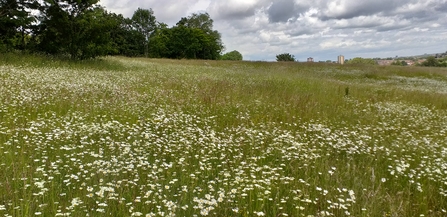
Manor Woods Valley Group
Management of the wildflower meadows in Manor Woods Valley is aided by local volunteers. These meadows support a wide range of wildflowers, including bee and common-spotted orchids, various vetches, ox-eye daisies, pale flax and the corky-fruited water dropwort.
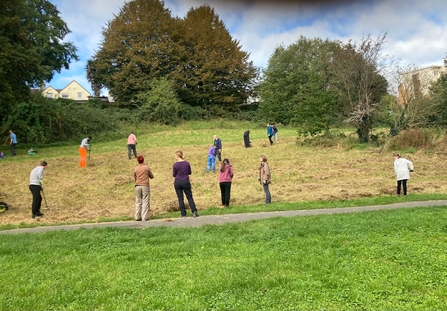
Manor Woods Valley Group
Woodlands
Old Manor Wood is an ancient oak and hazel woodland. New Manor Wood was farmland until the 1930’s, and still has remnants of old hedges within in. Allotment Wood grew up after war-time allotment were abandoned in the 1950’s and 60’s. Pond Wood ahs grown up on silt trapped by a dam built in the 1970’s. The most recent woodland, Hope Wood, was planted as part of BCC ‘One Tree per Child’ project in 2021.
Hybernacula
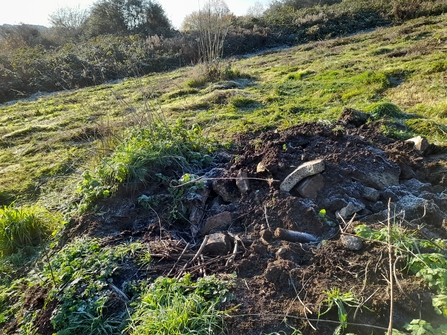
Sophie Bancroft
Hybernacula have been created for the slow-worms that thrive in the rough grassland habitat created and managed for their benefit. A great project to get involved with to learn about habitat creation.
A slow-worm survey of the area was also carried out to identify where slow-worms were located. Fifty roofing-felt mats in total were used for the survey. Ten mats were placed in different areas of each location and left to settle for two weeks prior surveying commenced, to break down the flora underneath and expose the soil. Field recording sheets were used for each location, where species and numbers were annotated.
Community Orchard
The orchard was at one time hidden and inaccessible due to brambles, but was cleared with help from volunteers. There were 30 mature apple trees and now 20 more fruit trees have been planted, including apple, pear, damson, cherry and more. Apples are harvested to be juiced, with the resulting wonderful organic bottled juice being donated to a local food bank and drunk by volunteers working on the site.
Anti-social behaviour advice
There is a history of anti-social behaviour in the area and the park has been targeted on several occasions. This understandably acts as a barrier for the rest of the community wanting to access local green space. Volunteer motivation has been disheartened (to say the least) when vandalism has affected their hard work. Dead hedges have been destroyed as well as other senseless acts carried out.
The group have developed strategies to tackle anti-social behaviour, including how they manage the site.
ADVICE: Don't draw attention to newly planted trees with steaks and do not have dead hedges. The whole point of engaging local young people is to teach then the value of nature so that they are less included to engage in future anti-social behaviour.
The Malago River
Manor Woods Valley Group
The Malago in Manor Woods Valley had been the subject of some useful and thought-provoking reports. A water quality report prepared by University of Bristol students mapped out part of the river and investigated water quality that aided other ecological surveys. Following this scientific research, a number of factors impacting on the water quality of the Malago were identified and discussed.
● A strategy to prevent plastic littering in and around the river: microplastics accumulated downstream suggesting they are sourced from within the reach. A campaign will reduce the inevitable breakdown of this litter into microplastics and reduce the harmful impact this has on aquatic life.
● A campaign to encourage the public to pick up after their dogs when walking: E-coli is harmful to aquatic life and predominantly stems from faecal contamination. Because E-coli counts have often been observed to exceed Environment Agency standards for bathing water, the picking up of animal waste in the surrounding area would benefit the river’s health.
● Regulation of the extent of fertilizer used in the allotments: Fertilizers contain ammonia, which can deplete aquatic populations if found in excess in rivers. The concentrations of ammonia identified in the river fell comfortably within high quality Environmental Agency standards, however, the results were taken during dry weather conditions, when there was little or no runoff from the river banks. Limiting runoff from ammonia fertilizers is encouraged.
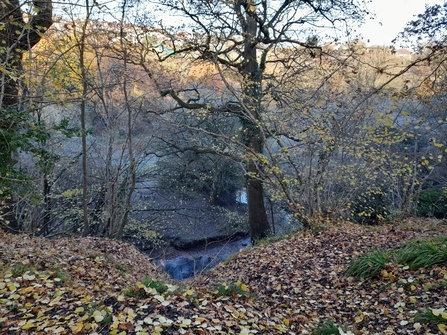
Sophie Bancroft
BART (Bristol Avon Rivers Trust) met with Manor Woods Valley LNR in May 2022/3 and created site surveys for the Malago, Pigeonhouse Stream, and Colliters Brook. Specific advice regarding habitat diversity and connectivity and recommended community actions to improve the rivers and catchments was given. Recommendations:
- Installation of woody debris - to increase flow variability, trap sediment, encourage marginal vegetation and add more light to teh water where the Malago river has previously been straightened, NB Permission and a Flood Risk Activities Permit (FRAP) from the Environment Agency is required.
- Tree and hedge planting for valuable habitat creation. NB Permission, training, insurance and selecting the right native tree and hedge varieties with long-term management plans are essential.
- Coppice the hazel to maintain healthy trees and create wildlife habitat.
- Remove non-native plants, such as Laurel to make space for native species of wildflowers, hedges and tree's.
- Monthly water monitoring, help is available from BART.
West of England Combined Authority Community Pollinator Fund
In spring 2023 the Manor Woods Valley Group applied for, and were granted, £1120 in funding from the WECA Community Pollinator Fund, to increase the limited number of native, early season, wildflower bulb species on the site. This would mostly benefit early-season pollinating insects, such as emerging bees, butterflies, moths, lacewings and hoverflies, as well as the botanical and general biodiversity of the site. Pignut seeds were also sown. Pignut flowers and good for pollinating insects and the bulbous roots are a favourite food for badgers.
Manor Woods Valley Group is very good at teaching and sharing expertise about wildflowers and wildlife. Local school children, UWE students and an amazing group of volunteers learned much by planting the bulbs during the autumn of 2023.
The choosing of planting locations was assisted by a visit a report from Team Wilder Community Ecologist
Over 3000 bulbs and seeds were planted, by 121 different people, including 55 primary school pupils and 8 UWE students, who contributed 144 ‘person sessions’ in over 200 hours of volunteer time.
As a result, the first native daffodils to ever flower in Manor Woods Valley showed their cheery heads into the spring of 2024.
The presence of early-season colour should encourage more people to use and appreciate the site at this time of the year.Woods Valley Local Nature Reserve Group
Resources
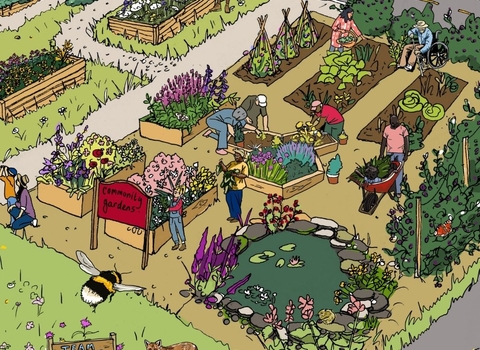
(C) Hannah Bunn
Be part of Team Wilder
All actions for nature collectively add up and creates life for people and wildlife.
Share your actions for nature, like Tom by sharing and tagging @avonwt on social media and
Log your actions for nature on the map




